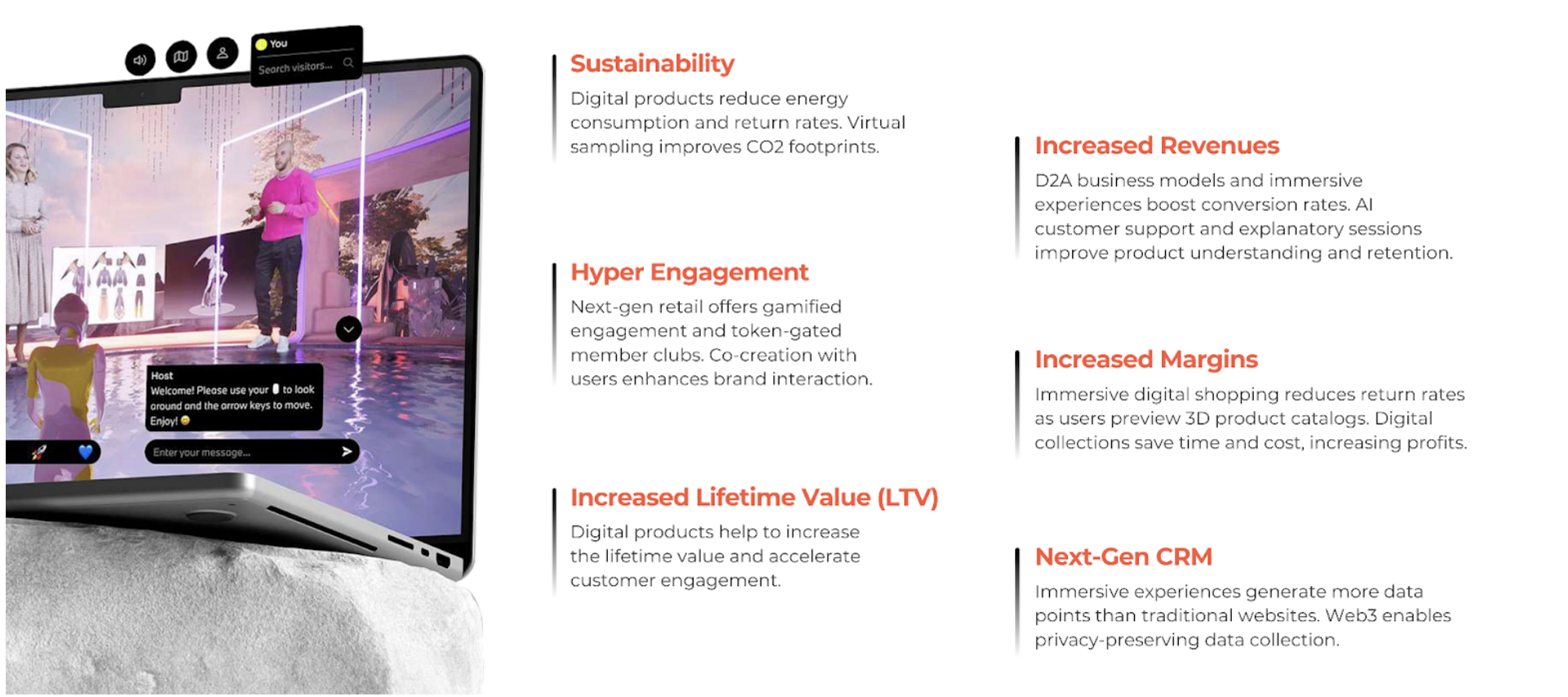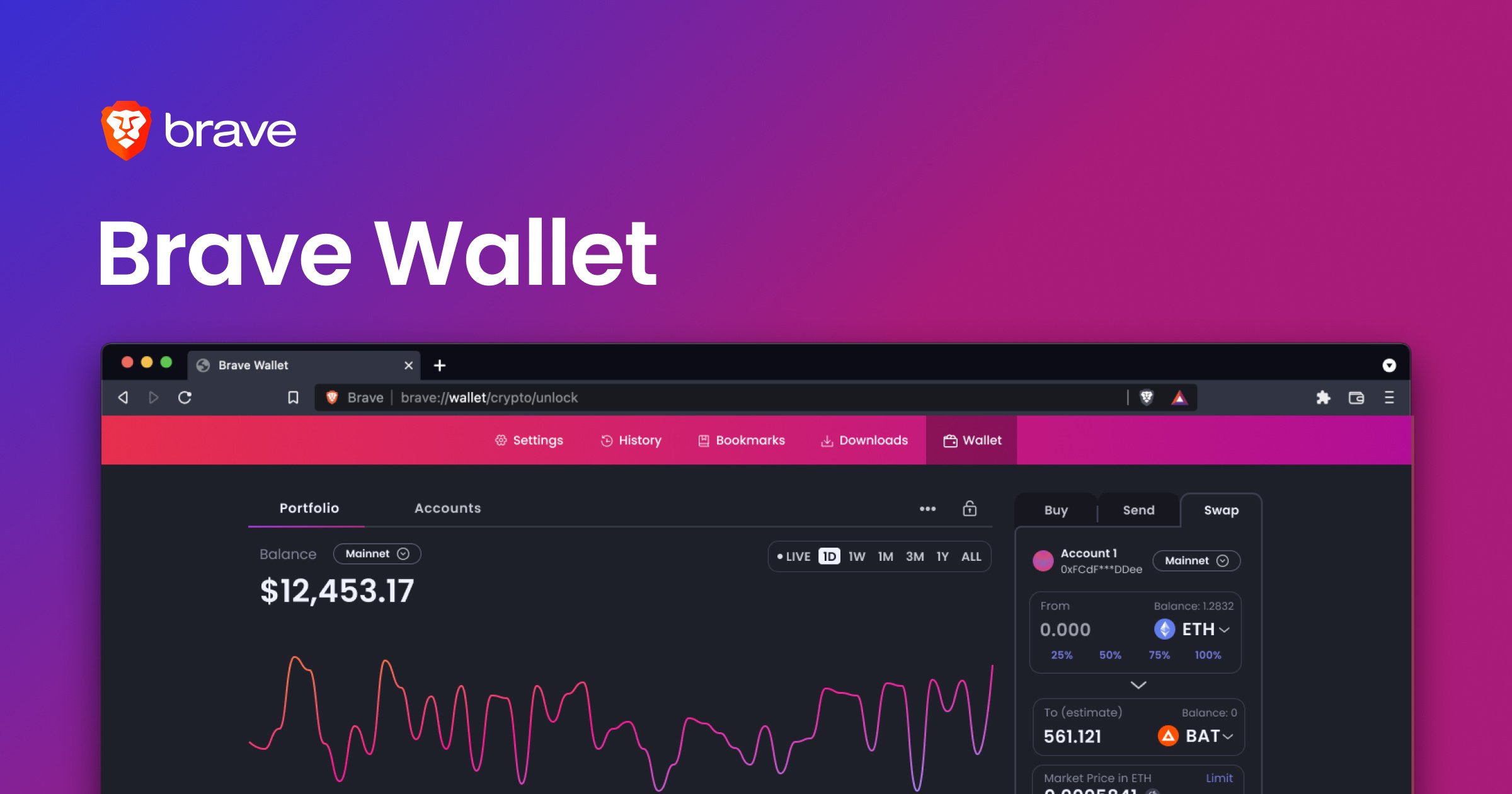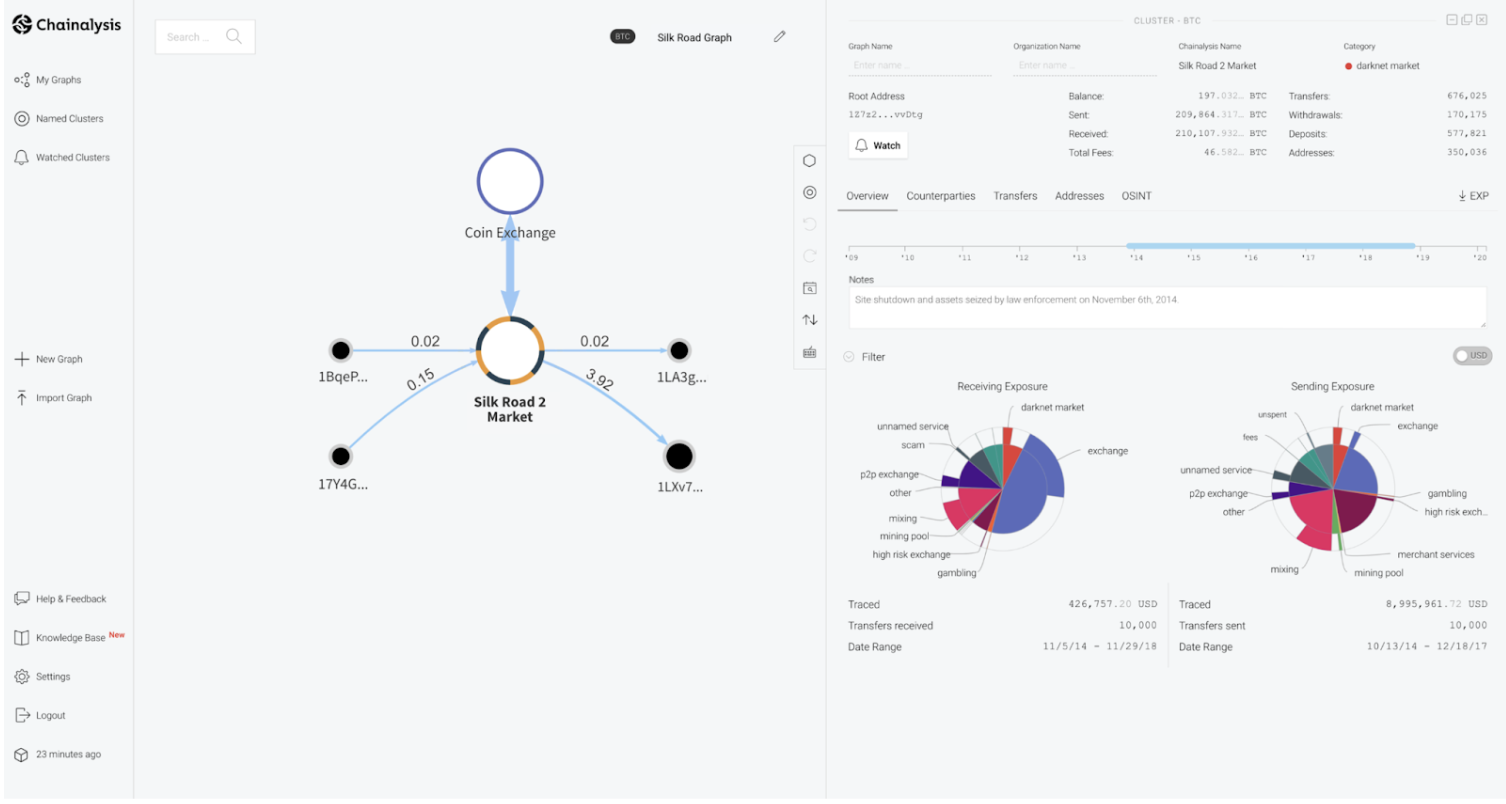
In today's digital age, businesses are constantly seeking innovative ways to maximize revenue and optimize their return on investment (ROI). Emerging Web3 & AI technologies are becoming indispensable allies in this pursuit, offering unprecedented possibilities for personalization and targeting, thereby redefining revenue generation strategies.
Personalization and targeting are critical for attracting and retaining customers in a saturated market. With advancements in artificial intelligence (AI) and decentralized data management, Web3 technologies enable a deep understanding of consumer behavior and preferences. This understanding allows businesses to offer tailored products and services, significantly increasing the chances of conversion and customer loyalty.
AI capabilities allow for the analysis of massive data volumes in real-time, identifying trends and behavioral patterns. This fine-tuned analysis enables dynamic adjustments to marketing strategies, ensuring increased relevance of messages and offers.
In this article, we explore how Web3 technologies can transform revenue generation strategies, providing businesses with significant competitive advantages.
.jpg)
1 - Collecting Data While Respecting Privacy
1.1 - Anonymized Data and Enhanced Targeting
Blockchain technology enables data collection while respecting user privacy. Unlike traditional data collection methods, which are often seen as intrusive, blockchain-based solutions ensure that personal information remains protected. This approach reassures users, encouraging them to share valuable data more freely.
The use of anonymized data allows for significantly refined marketing targeting strategies. By analyzing behaviors and preferences without compromising user identities, companies can personalize their offerings with greater precision. This leads to more relevant advertising campaigns, better user experiences, and ultimately, higher conversion rates.
1.2 - Brave Browser and Advertising Targeting
A concrete example of these principles in action is the Brave browser. Brave stands out for its ability to target ads based on users’ anonymized browsing behaviors. By integrating privacy protection and blockchain technologies, Brave ensures that user data remains anonymous while providing valuable insights to advertisers.
Brave users are rewarded with tokens for their attention, creating an ecosystem where value is shared between users and advertisers. This non-intrusive and privacy-respecting approach results in higher conversion rates. Ads are better targeted and more relevant, enhancing user engagement and maximizing advertising revenue.
By combining the power of blockchain and privacy protection, Brave demonstrates how Web3 technologies can revolutionize advertising targeting. Companies can optimize their marketing investments while respecting consumers' growing expectations for privacy and data security.

1.3 - Chainalysis and the Use of Anonymized Data
Chainalysis, a global leader in blockchain transaction analysis, plays a crucial role in the Web3 ecosystem. By collaborating
with Chainalysis, businesses can leverage advanced expertise in anonymized data to refine their revenue generation strategies.
Chainalysis offers sophisticated tools for accurately and reliably analyzing blockchain transactions. This capability enables companies to better understand transaction flows and identify untapped market opportunities. The data provided by Chainalysis is anonymized, ensuring privacy while offering valuable insights. These data points help identify behavioral trends without compromising user privacy.
Additionally, collaborating with Chainalysis enhances transaction security. Their expertise in detecting fraud and illicit activities helps companies protect their customers and maintain a trusted environment, which is essential for the adoption of Web3 technologies.
Finally, using anonymized data from Chainalysis allows companies to optimize marketing strategies. By better understanding user behaviors, businesses can more precisely and personally target their offers, increasing campaign effectiveness and, consequently, their revenue.

2 - Personalization Through AI
2.1 - AI's Role in Personalizing Offers
Artificial intelligence (AI) plays a crucial role in personalizing offers, transforming how businesses interact with their customers. By analyzing customer behaviors and preferences, AI enables companies to deliver tailored recommendations and offers, increasing customer engagement and satisfaction.
Through sophisticated algorithms and machine learning models, AI can process vast amounts of data in real-time. This ability allows for dynamic and precise personalization, tailored to each customer's specific needs.
For instance, platforms like Netflix and Amazon use AI to analyze viewing and purchase histories to recommend relevant content and products to their users.

2.2 - Heuritech and Market Trend Analysis
Heuritech, a Paris-based startup founded in 2013, uses deep learning algorithms to analyze millions of images on social media. This technology predicts consumer trends in the fashion industry.
By analyzing up to 3 million photos per day, Heuritech identifies specific details, such as clothing types and patterns, allowing fashion brands to anticipate upcoming trends and better target their collections. Prestigious brands such as Louis Vuitton, Dior, and Adidas are among its clients. By providing actionable insights on trends, Heuritech helps brands reduce overstock and optimize their collections.
2.3 - Tmall Luxury Pavilion: A Platform Built on AI
Tmall Luxury Pavilion, Alibaba's online luxury shopping platform, uses AI to offer a personalized shopping experience. Customers benefit from individual consultations, virtual try-ons, and 3D product visualizations.
For example, LVMH uses Alibaba Cloud's generative AI to develop innovative services and optimize inventory management. This personalization has significantly increased sales volume and attracted a younger, more diverse clientele. Tmall Luxury Pavilion’s strategy illustrates the successful integration of AI to create a seamless and cohesive shopping journey, strengthening brands' presence in the Chinese market.

3 - Generating revenue through collaborations
3.1 - Generating new revenue streams and diversifying
Collaborations between brands represent a powerful strategy for generating new revenue opportunities. By combining their respective audiences, brands can offer unique and innovative experiences, thereby enhancing engagement and reach.
This approach not only diversifies revenue streams but also explores new markets and attracts a broader and more diverse clientele. The following examples illustrate how strategic collaborations have allowed brands to leverage advanced technologies to create immersive and personalized experiences.
3.2 - Playboy and The Sandbox
Playboy partnered with The Sandbox to create a unique immersive experience in the metaverse by developing the "MetaMansion," a digital replica of the famous Playboy Mansion. This initiative aimed to bring the spirit of Playboy’s iconic parties into the metaverse, incorporating elements of social gaming and NFTs. As part of this, Playboy launched a collection of avatars called "Playboy Party People," randomly generated with unique characteristics.
Ten NFTs inspired by iconic Playboy personalities and moments were also put up for sale. The MetaMansion served as a venue for exclusive events, allowing users to participate in interactive activities and earn rewards through gameplay. This collaboration marked a significant step for Playboy, as it sought to adapt to new technologies and strengthen its presence in pop culture by establishing itself in the metaverse.

3.3 - LVMH and Epic Games
LVMH announced a strategic partnership with Epic Games, the creator of Fortnite and the Unreal Engine game engine, at Viva Technology 2023. This partnership aimed to transform LVMH's creative process and offer innovative, immersive customer experiences. LVMH sought to modernize its creative pipeline by integrating Epic Games' 3D creation tools, enabling virtual try-ons, digital fashion shows, and augmented reality experiences.
For example, Bulgari presented an immersive experience called "Virtual Rome," developed with Unreal Engine 5, which was praised for its realism. Additionally, Louis Vuitton organized an interactive experience for its Fall/Winter 2023 show, using Epic’s technologies to offer a unique immersion.
This partnership also aimed to strengthen LVMH's engagement with a younger, more connected clientele, using modern technologies to enrich the shopping and product discovery experience. LVMH and Epic Games shared a common vision of the future of luxury and digital, and this partnership was seen as an opportunity to accelerate innovation and adapt to new consumer expectations in an increasingly digital world.

Conclusion
Web3 technologies offer unprecedented opportunities to maximize revenue and optimize ROI. By integrating AI and blockchain-based solutions, companies can achieve unparalleled precision in personalization and targeting.
AI enables the real-time processing of massive data volumes, identifying trends, and dynamically adjusting marketing strategies. Examples such as Heuritech and Tmall Luxury Pavilion demonstrate how AI can predict consumer trends and offer personalized shopping experiences, increasing customer engagement and conversion rates.
Decentralized data management through blockchain, as illustrated by Brave and Chainalysis, ensures privacy while enabling effective marketing targeting. Users are more inclined to share their data, knowing it is protected, which improves campaign relevance and maximizes revenue.
Strategic collaborations between brands, such as those of Playboy with The Sandbox or LVMH with Epic Games, show how alliances can create immersive and diverse experiences. These collaborations not only combine audiences and offer unique experiences but also penetrate new markets and attract a broader clientele.
Web3 technologies are redefining revenue generation in a digitalized context. Companies that embrace these innovations can expect significant competitive advantages, improved customer satisfaction, and optimized marketing strategies. The future of revenue generation lies in the ability to fully exploit the potential of Web3 technologies, ensuring sustainable growth and continuous adaptation to market evolutions.
.png?width=150&height=75&name=Design%20sans%20titre%20(7).png)



